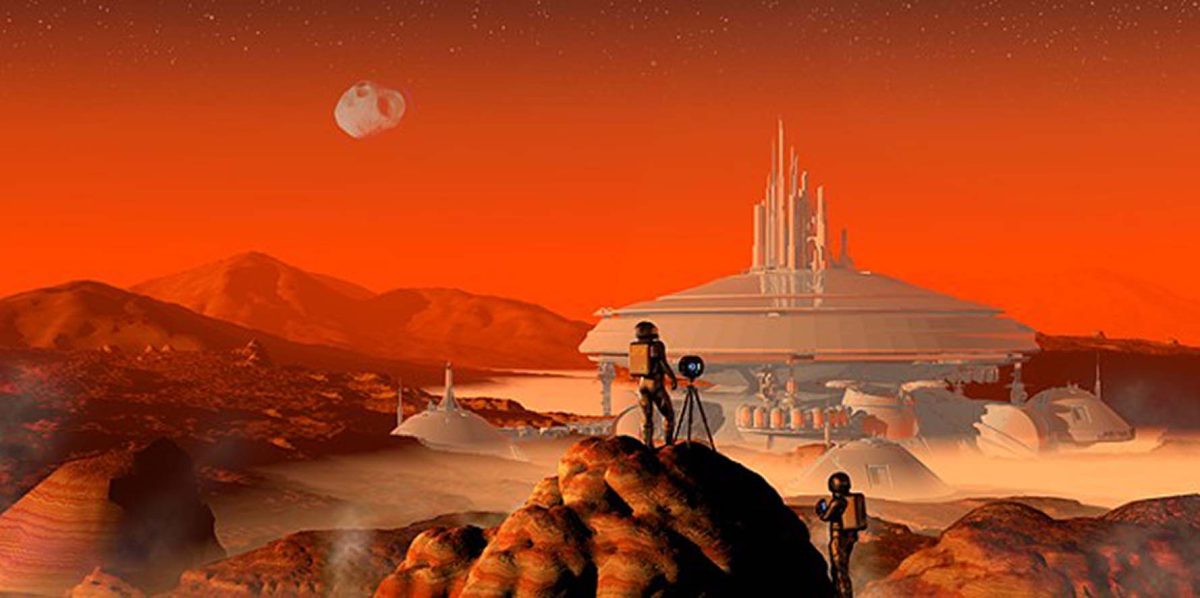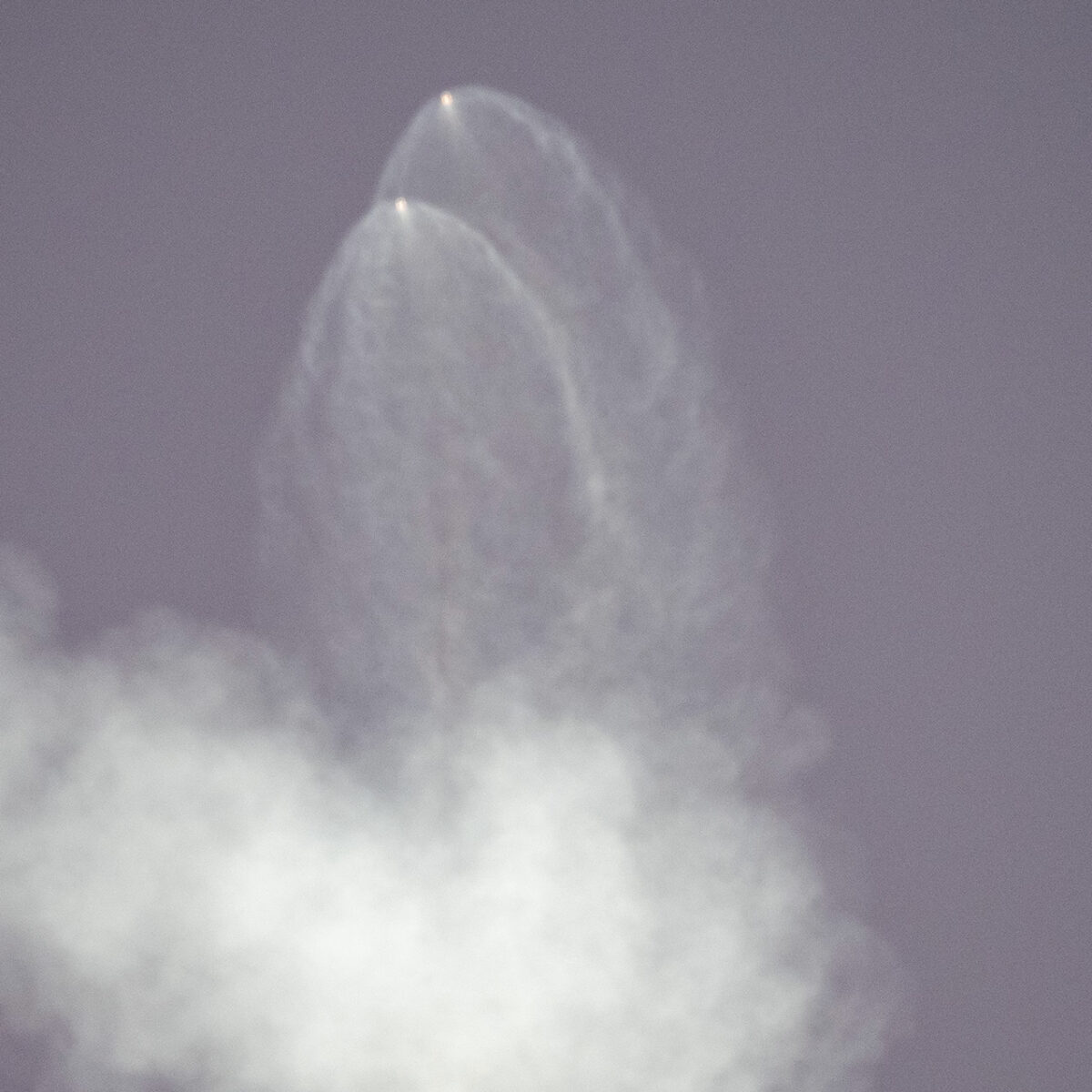I love to read, but not all the time. I often stop reading, especially when I can’t find anything new and exciting in my genre: Science Fiction.
I started obsessively reading in college and continued for many years after that. I read all the greats, including Frank Herbert’s Dune (my all-time favorite) and works by Auther C Clarke, Issac Asimov, Larry Niven, Michael Crichton, Kurt Vonnegut, and Dan Simons. I was always searching for new authors and stories.
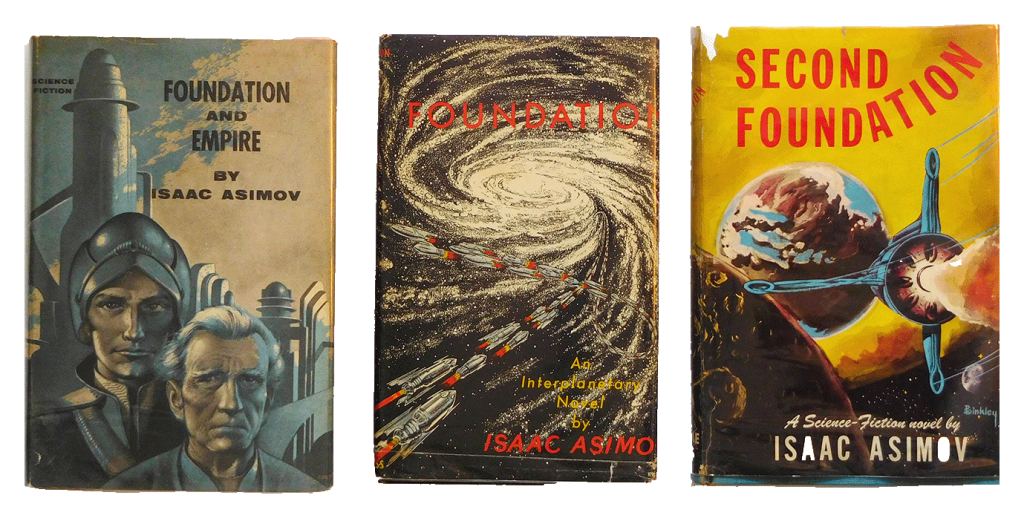
The oldest sci-fi book I have read up to that point was Asimov’s Foundation in 1951. It was the original space opera and took place somewhere a long way away in the future. I recently found one of Clarke’s earliest books, Sands of Time. It was one of his first published novels and describes the colonization of Mars from the point of view of the early 1950s. I found it fascinating and, at the same time, not a great story.
It’s taken me over three months to read the book, but I am determined to finish it!
The story is straightforward and perhaps prophetic for Clarke: A famous science fiction writer is offered a trip to Mars on the first interplanetary tourist spaceship. It’s a stunt to get him to write cool stuff about Mars and bring in the tourists.
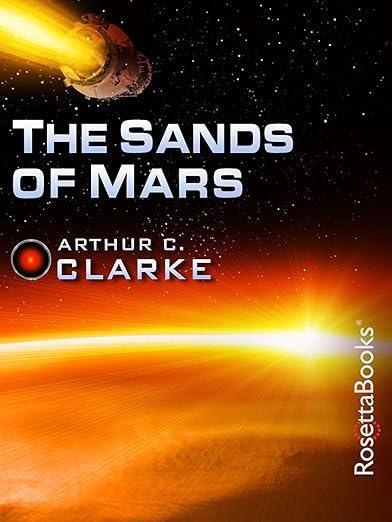
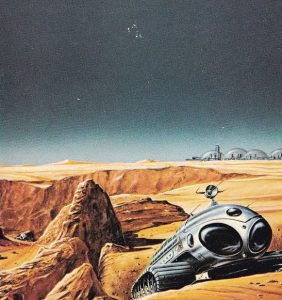
Mars is a thriving colony at this point. The Mars envisioned had vegetation and canals. They discover some weird living creature before the story is over. Interestingly, this is how people thought Mars was in the 1950s.
Clarke’s vision of Mars was based on what was known or imagined in the 1950s. The Martian canals were long discredited, but Mars did not have mountains or craters. Seasonal changes visible from Earth were thought to be caused by vegetation of the sort the novel describes.
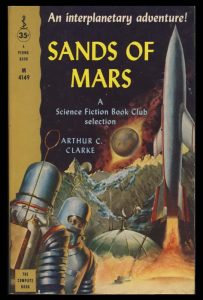
It led one reviewer to write:
In The Sands of Mars, Clarke addresses hard physical and scientific issues with aplomb—and the best scientific understanding of the times. Included are the challenges of differing air pressures, lack of oxygen, food provisions, severe weather patterns, construction on Mars, and methods of local travel—both on the surface and to the planet’s two moons.
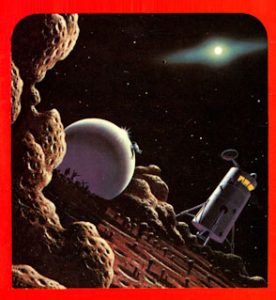
Some of the technology described had not changed since the 1950s. For example, carbon paper and typewriters are used on the interplanetary ship, and cameras have film. Smoking and drinking during the journey are the norm. The white male-oriented social structures (good old boys) are similar to what Clarke wrote. While a woman engineer is mentioned, most of the females on Mars are assumed to be secretaries or receptionists. The only names given in the book are of European derivation.
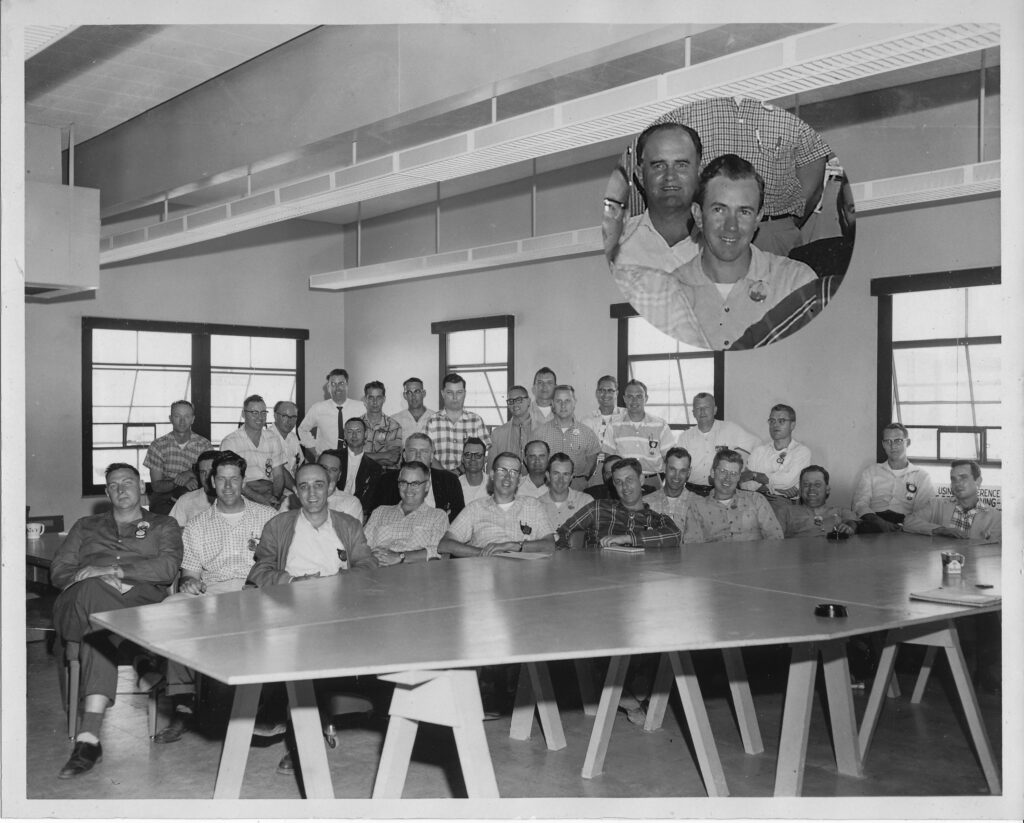
Manifest Destiny? – perhaps a touch. It is the final frontier, after all.


